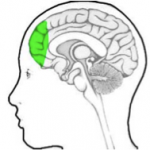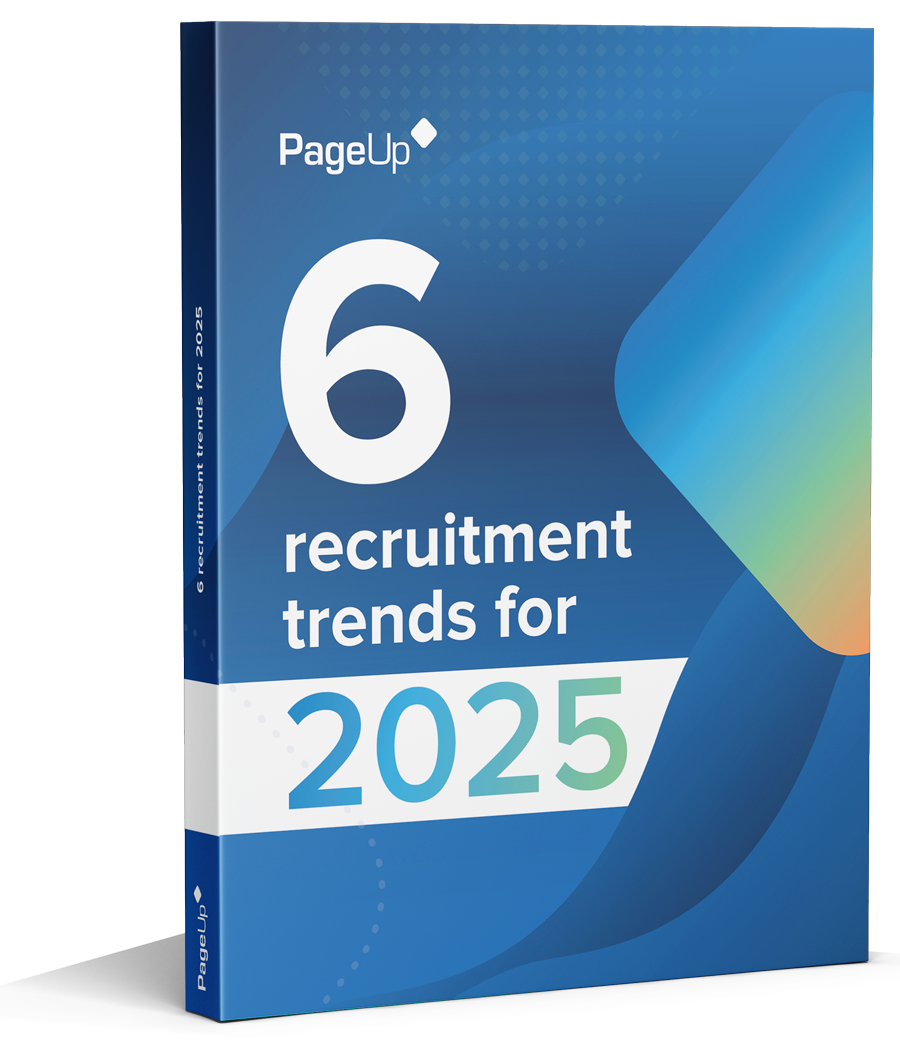 There is a limit to your mental capabilities each day, and the bad news is, it’s not that high. The conscious, thinking, analytical part of your brain is the prefrontal cortex. It’s immediately behind your forehead, and represents your executive function. It processes over 2,000 pieces of information per second, which is impressive yes, but its capacity is quite limited, as you well know, whenever you push its boundaries.
There is a limit to your mental capabilities each day, and the bad news is, it’s not that high. The conscious, thinking, analytical part of your brain is the prefrontal cortex. It’s immediately behind your forehead, and represents your executive function. It processes over 2,000 pieces of information per second, which is impressive yes, but its capacity is quite limited, as you well know, whenever you push its boundaries.
Consider the prefrontal cortex like your brain’s credit card with a $10,000 limit. You start each day clear of debt, but from the moment you wake up, the meter is running and you are drawing against your limit. The good news is that much of what you do each day is run on autopilot, and you’re not tapping into your prefrontal cortex at all (topic of a later blog). So washing your hair, brushing your teeth, eating your breakfast and even getting to work come at minimal cost to you. But start reading and responding to emails ($500), attending three or 4 meetings ($4,000), dealing with employee issues (3,000), more emails ($500), and your starting to run low.
Now add a couple of big ticket items that really chew up credit: making decisions ($3-5,000 depending on complexity and quantity), planning or forecasting ($4,000), brainstorming or problem solving ($6,000) – and whoops, you’re in the red. And that means you’re mentally exhausted – overdrawn – finished – kaput!
What can you do?
- Top up the limit – sugar will help – the brain draws massive energy stores from your body, predominantly in the form of glucose (yes, there is a very good biological explanation for your 3:00pm Tim Tam craving).
 Stop spending for a while – work on something that is routine and requires minimal mental effort on your part
Stop spending for a while – work on something that is routine and requires minimal mental effort on your part- Get up and get out – a walk around the block will do wonders. Recent research confirms the regenerating effects of activity not just on the body, but also the brain, due to oxygen carried in the blood.
What are the implications for talent management?
- Look for signs of mental fatigue in your colleagues: how can diaries, meetings, workshops be planned to retain and restore mental energy, not just deplete it?
- If you’re in OrganisationalOrganizational Development or Learning & Development, ask if the initiatives you’re implementing are energy makers or takers (remember, we can’t learn much in a ‘brain-dead’ state).
- Less is more.
Of course the credit card and dollar figures are just an analogy to illustrate the point. But your prefrontal cortex does operate within limits – what can you do to get more out of each day?
As we’ve just illustrated, adding diversity to your day can improve your mental capabilities. One great way to do this is by taking a break to read up on the latest HR trends and insights!
Fresh insights for HR
Stay up to date with HR trends, tips and more when you sign up for our industry newsletter





